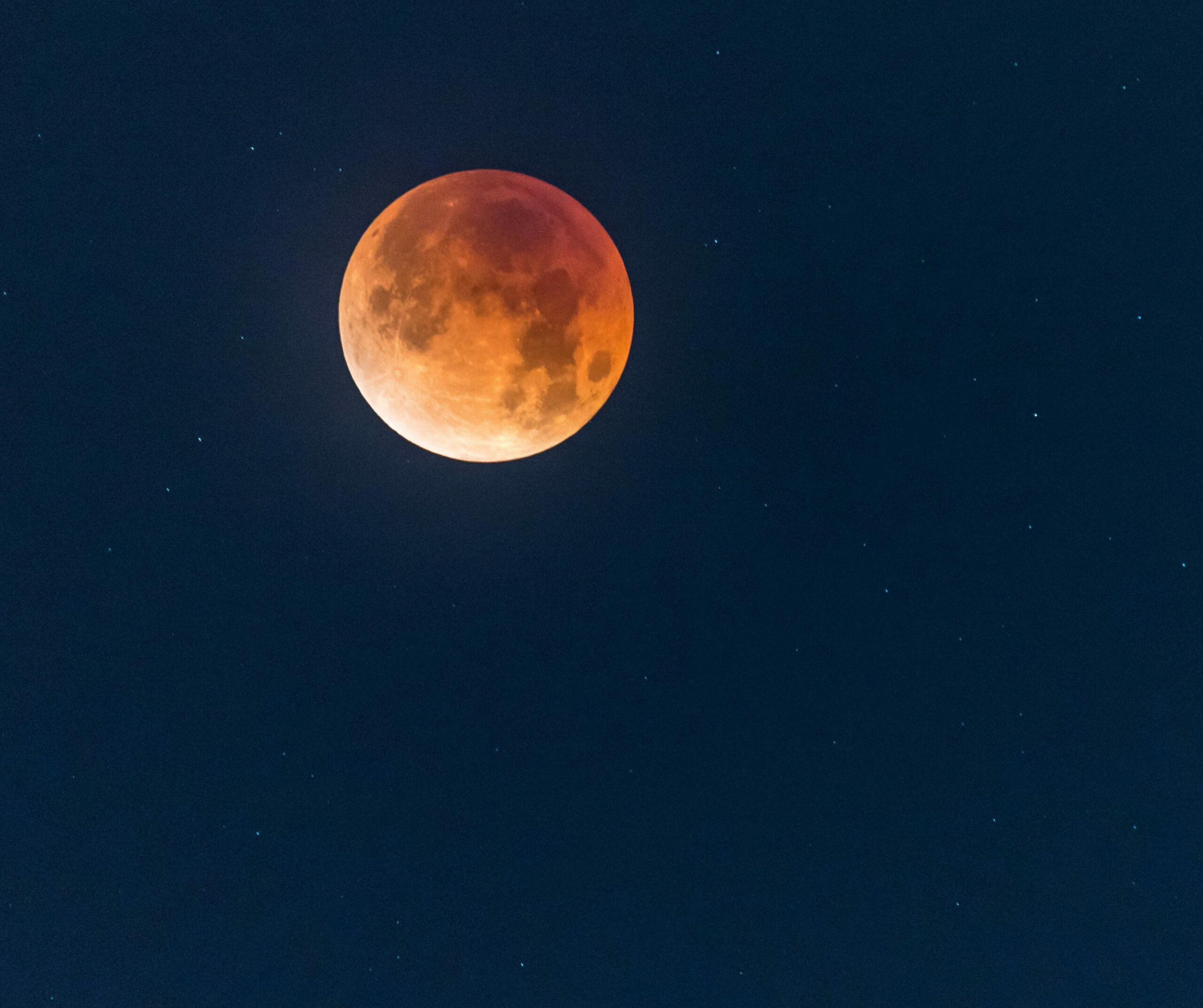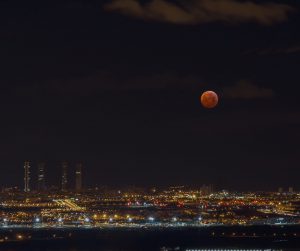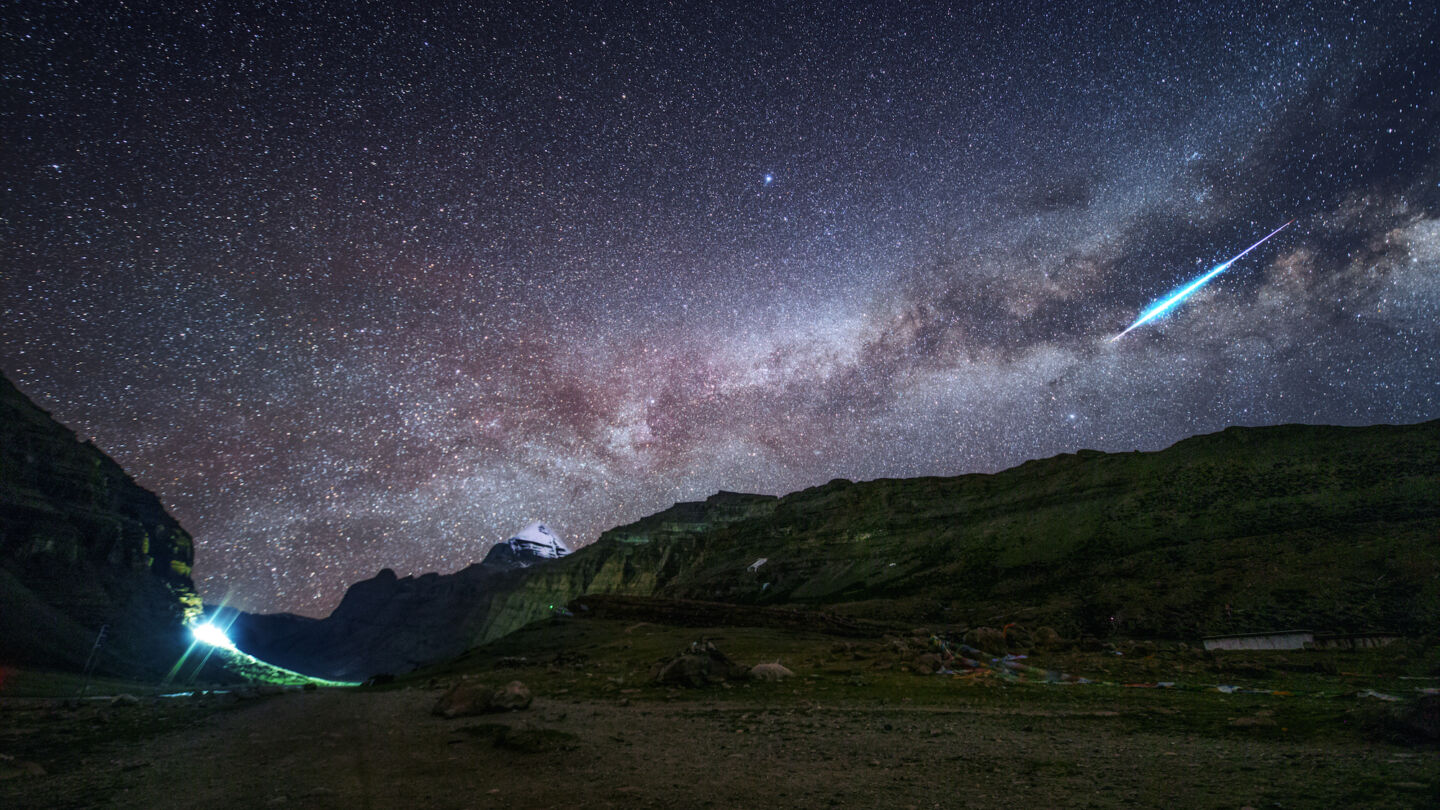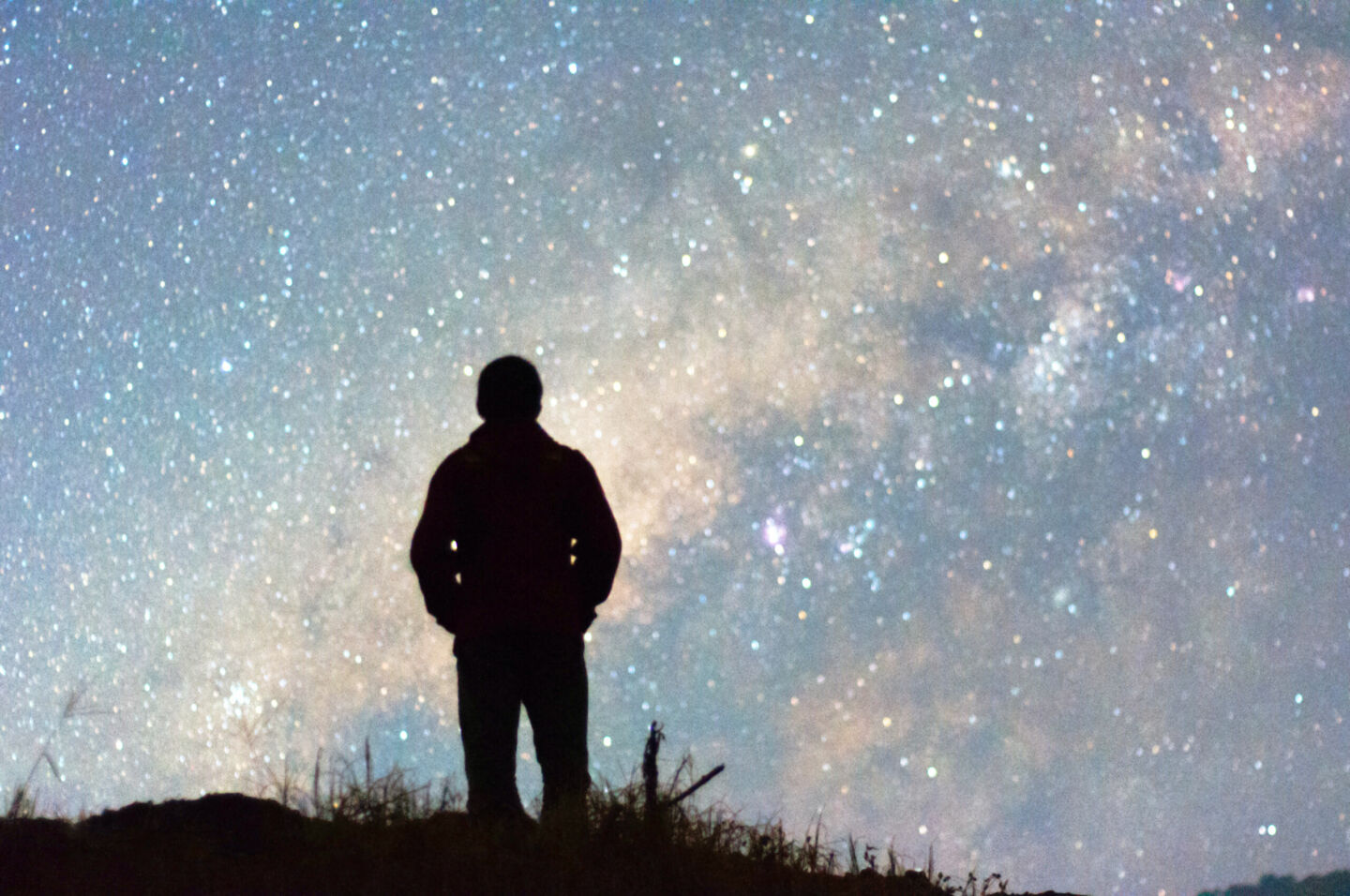
May 26th Lunar Eclipse to Delight Observers Around the World

Get ready! On May 26th, a total lunar eclipse will delight observers across much of the world. A total lunar eclipse happens when the Sun, Earth, and Moon perfectly line up, and Earth’s dark, inner shadow completely blocks the Sun’s light, which otherwise reflects off the moon. There hasn’t been a total lunar eclipse since January 21, 2019–that’s nearly 2.5 years! According to NASA, lunar eclipses are less frequent than solar eclipses, which happen two to four times per year. Also, total and annular solar eclipses can only be seen along a specific path; each lunar eclipse is visible from over half the Earth.
During the eclipse, the Moon will not completely disappear. Some sunlight passing through the Earth’s atmosphere will scatter and refract (or bend) and refocus on the Moon, giving it a dim glow even during totality. The red color of the Moon is the result of only the long-wavelength (red) rays getting through the Earth’s atmosphere. Sort of like projecting all of the Earth’s sunrises and sunsets onto the Moon at once. This eerie appearance has encouraged astonishment and fear in people who had no understanding of what causes an eclipse throughout history. We’ve certainly come a long way in our understanding of astronomical events.

How to Observe the May 26th Lunar Eclipse:
The total phase of this eclipse will not be long-lasting; totality will only last for just shy of 15 minutes. However, a partial umbral eclipse that lasts about an hour and a half will precede and follow totality. The Moon will take a little more than three hours to cross the Earth’s dark shadow from start to finish. It will also be a ‘supermoon,’ meaning that the full moon coincides with perigee–the Moon’s closest point to Earth in its monthly orbit. Therefore, it will appear slightly larger against the night sky than other full Moons.
This total eclipse will be centered over the Pacific Ocean, giving those in western North America, southern and far-western South America, New Zealand, Australia, and southeast Asia the best view. Others will be able to observe partial phases before the Moon slips below the horizon.
Lunar eclipses are one of the most accessible celestial events to observe. No special equipment is needed, and people from large cities and remote areas with less light pollution can view them. Just go out, look up, and enjoy! Oh, and try not to get Bonnie Tyler’s “Total Eclipse of the Heart” stuck in your head.
Use the table below to see the times for each phase on May 26th in UTC: 
You can also use this link to find what time the eclipse will be in your local time zone.
Plan on observing the total lunar eclipse on May 26th? Be sure to share your experience with us on social media by tagging @IDAdarksky and #idadarksky.
To read more recent news from the International Dark-Sky Association, click here.


















